In the realm of automation and control systems, the emergence of the Intelligent Integrated Electric Actuator (IIEA) marks a significant milestone in engineering technology. These sophisticated devices integrate traditional electric actuator functionalities with advanced intelligent features, paving the way for enhanced performance, efficiency, and adaptability in various applications. This article delves into the key characteristics, advantages, and applications of IIEAs, underscoring their importance in modern automation solutions.
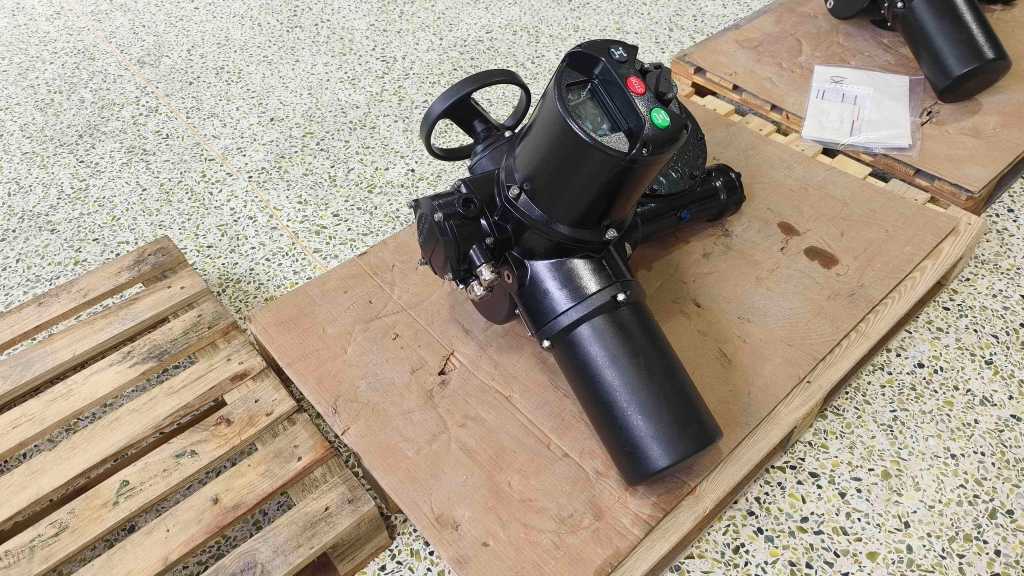
Definition and Components of Intelligent Integrated Electric Actuators
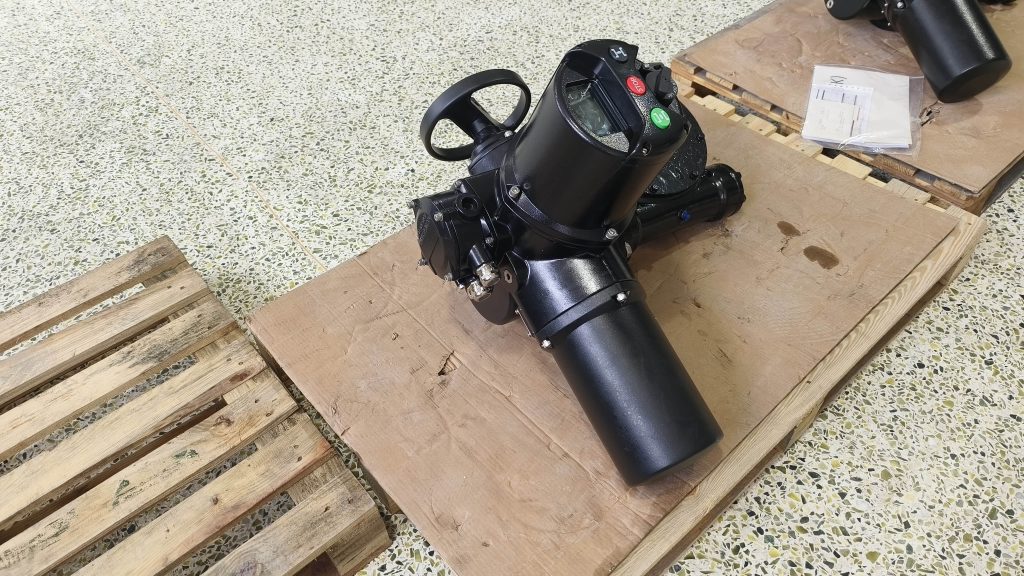
At its core, an Intelligent Integrated Electric Actuator combines an electric motor, control electronics, and feedback systems into a single, cohesive unit. Unlike conventional actuators, which require separate components for power and control, IIEAs streamline these elements, allowing for more compact designs and improved efficiency. The integration of smart technology enables these actuators to monitor performance in real-time, process data, and adapt to changing conditions without the need for constant human intervention.
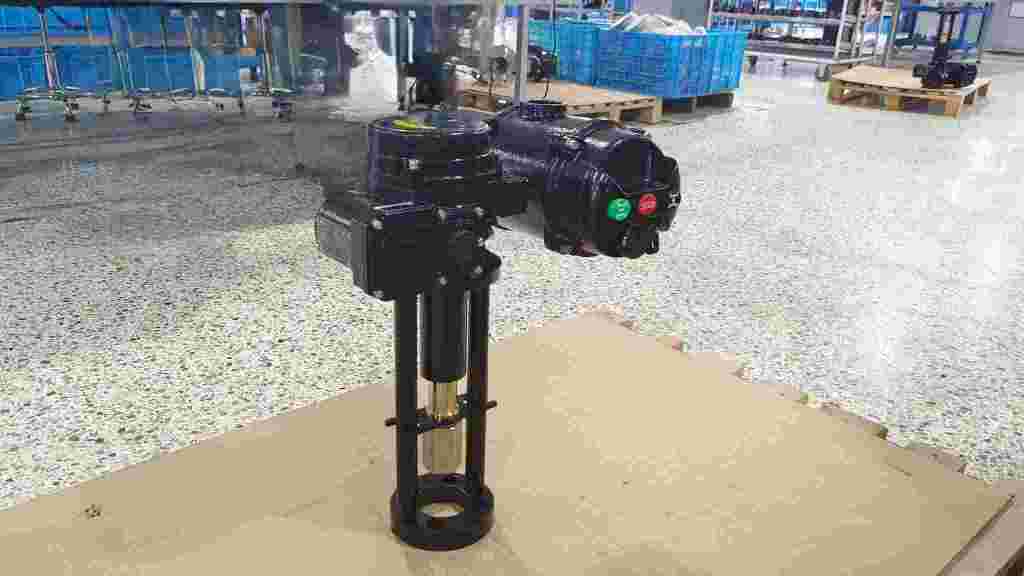
The primary components of an IIEA include:
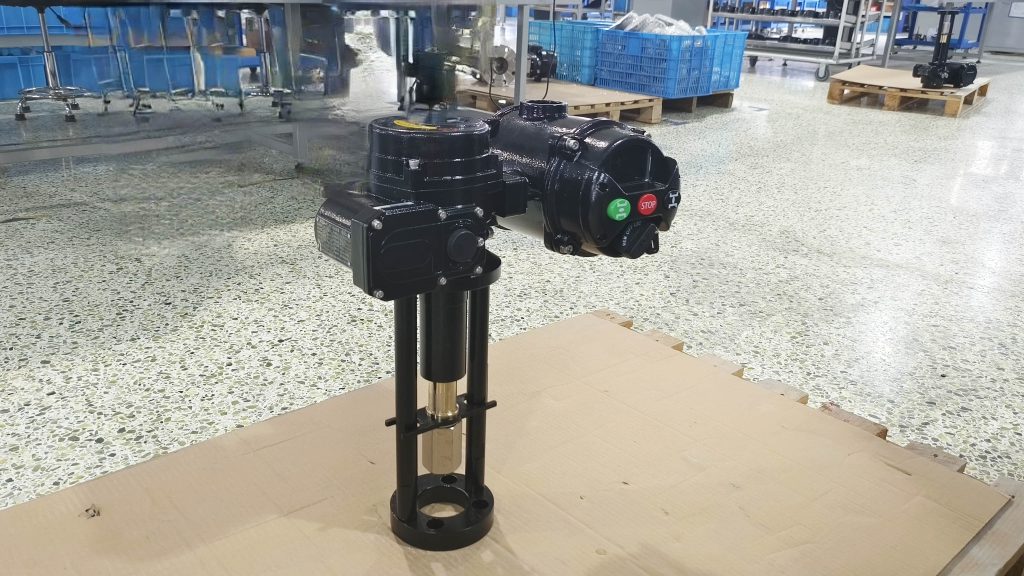
Electric Motor: Provides the necessary mechanical motion.
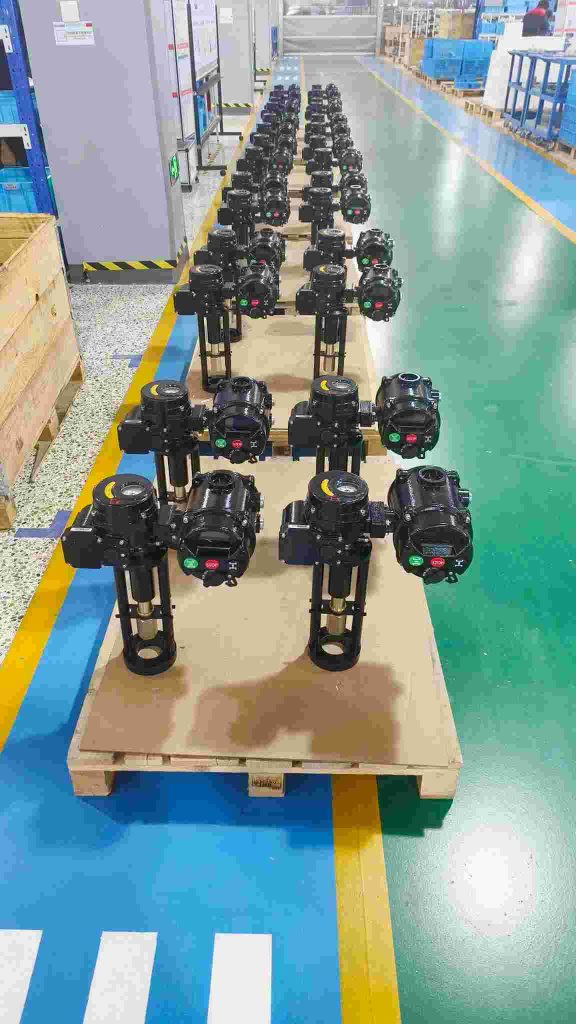
Control System: Manages the operation of the actuator, allowing for precise control of position, velocity, and torque. Sensors: Embedded feedback devices measure parameters like position and force, ensuring accurate operation. Communication Interface: Facilitates data exchange with external systems, such as supervisory control and data acquisition (SCADA) systems, enhancing integration into broader automation frameworks. Advantages of Intelligent Integrated Electric Actuators The adoption of IIEAs presents numerous benefits that cater to the evolving needs of industries such as manufacturing, robotics, and transportation:
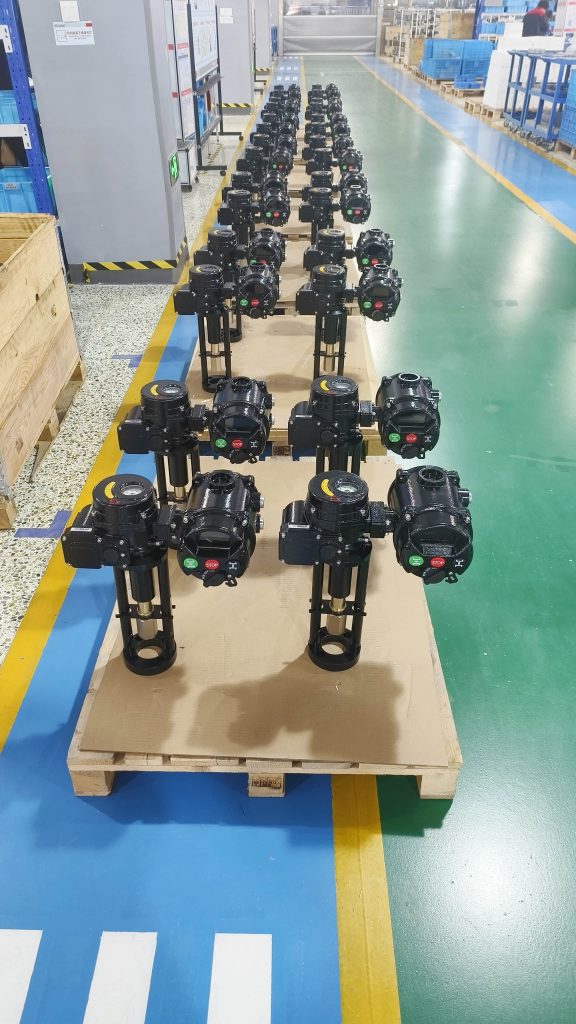
Leave a Reply